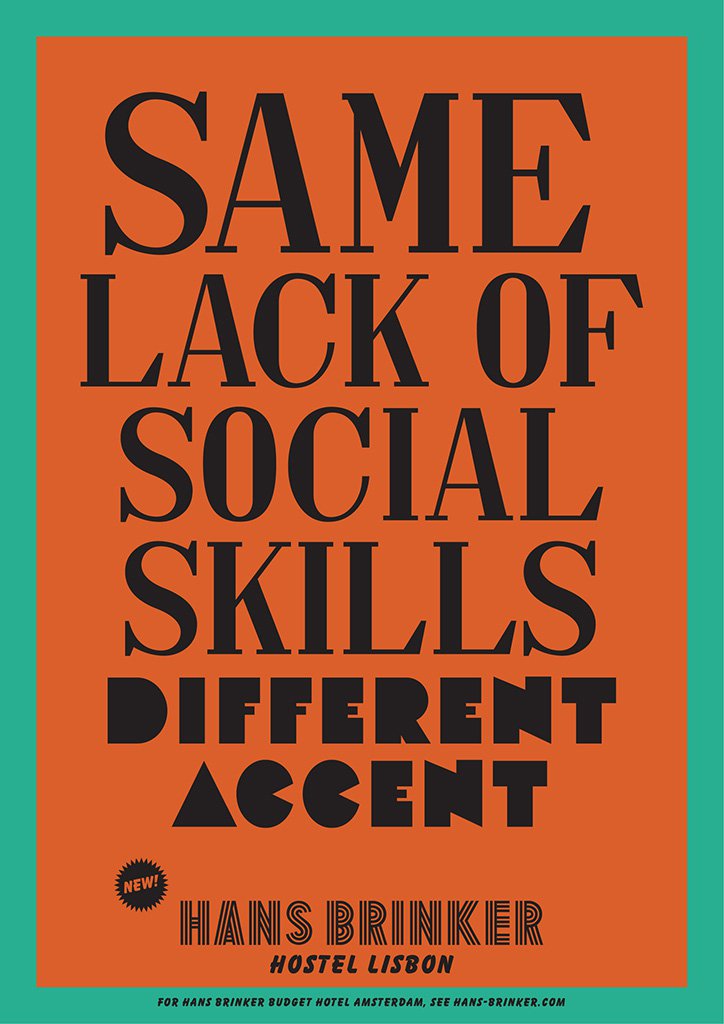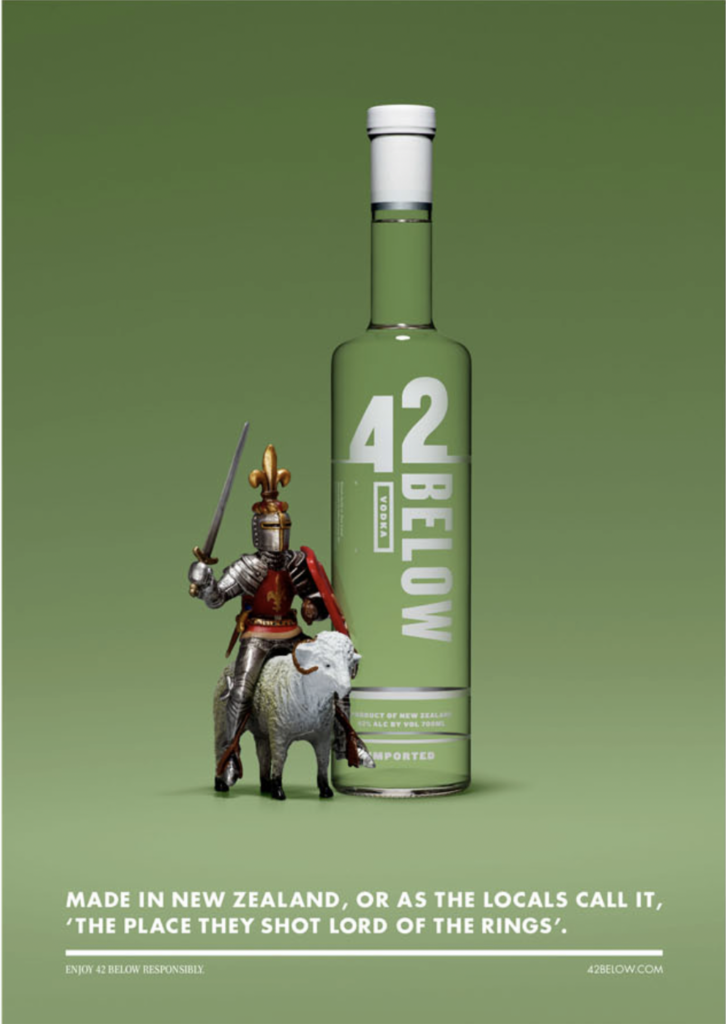Rome wasn’t made in a day… but ad copy often needs to be. Considering the quick turn-arounds that happen in our industry, attention grabbing copy often needs to get written in a flash. But never fear, Esparza is here with 5 quick tips to help you write better copy, fast.
1. Keep it Real
At the end of the day, you’re writing to endorse a product or an idea. While your copy can certainly paint the product in a novel light, you can’t change the product itself. In short, you want to find things about that product that are actually great and true to its brand.
A great way to do this is to start with a list of “product call-outs,” or selling points. These are things that make the product you are writing for stand out from its competition. Higher quality, lower prices, a sleeker look, improved durability–these are all examples of what might make a product stand out. Once you have your list of call-outs, focus on writing a short piece of copy that appeals to each one.
For example, you wouldn’t want to describe a 2-star hotel as luxurious and opulent, you’d want to lean into its homey charm or adventurous location. The Hans Brinker Hostel in Lisbon hit this principle dead on, with the following campaign:
By leaning into the humor and personality of their brand, the hostel was able to capture eye catching copy. It might not be the Ritz Carlton, but the hostel’s copy paints a picture of the perfect place to stay for an offbeat adventure.
2. K.I.S.S.
Shakespeare wrote, “Brevity is the soul of wit,” which is Elizabethan for, “Keep it simple, stupid.” Following the K.I.S.S. principle will keep your copy crisp and snappy. At the end of the day, copy needs to convey a simple meaning or idea. When copy becomes too long, its central meaning can become convoluted, harder for the consumer to digest. Bare bones copy leaves no room for uncertainty. It gets across the main message your brand is trying to convey, and gives your reader’s attention span no time to wander.
For example, this ad’s copy is keeping it simple while conveying a straight to the point message. Within 10 words you know that The North Face is high quality material that will last you a lifetime.
3. Do Two Things at Once
Great writing, not just copy, aims to accomplish two or more things at once. This may seem antithetical to tip #2, but it is actually easier to accomplish more with less writing. Remember the call out list from tip #1? Try combining two pieces of copy written around different call-outs. While you do this, ask yourself what each word is accomplishing: meaning, humor, interest, etc. If you can’t provide a reason for that word to be there, slash it.
This Guinness ad is a great example of doing two things at once. It is getting users to engage with the witty riddle while placing the product at the focal point of the ad.
For example, this ad’s copy is keeping it simple while conveying a straight to the point message. Within 10 words you know that The North Face is high quality material that will last you a lifetime.
4. Always Write for Your Audience
Always be aware of who you’re writing for. What type of person are they? What are they looking for out of a brand? What will catch their eye, appeal to them, or leave them stunned?
For example, 42 Below Vodka is known for their cheeky, sometimes mildly offensive print ads. Their absurd and off-kilter jokes have become just as much a part of their brand as the type of audience they are trying to reach: someone who might appreciate a good vodka but probably appreciates a good joke more. 42 Below has won many prestigious awards and could easily have leaned into messaging that creates a sense of sophistication or elitism. But instead, they read their audience well, and created copy that left those people laughing (and buying a lot of vodka).
5. Break The Rules
At the end of the day chuck the rule book out the window! Once you know the rules and conventions of copy, bending and breaking them is half the fun.
Consider this video from The New York Times. It starts out by following all the rules: it takes the newspaper’s most central selling point (providing truth) and turns it into a simple, three-word sentence: “Life needs truth.” This copy accomplishes two things at once: it calls out the brand’s main selling point, while also insinuating that the selling point (and therefore the brand) is a necessity to life. Finally, the video takes into account a broad audience: people from all walks of life searching for answers, searching for truth.
But then things get a little weird. The New York Times video begins to look more and more like a Google search ad. The copy gets increasingly complex, with new ideas popping up nearly every second. But by the end of the ad, we are returned to the simple baseline of it all: “Life needs truth.” This ad is an excellent example of following all the rules and still finding ways to break them.
Next time you dip your toes into the murky waters of copywriting, we encourage you to give these tips a try. We’re willing to bet that they will help clear things up, and make the whole process seem simpler and more approachable.
Have any of your own copywriting wisdom to share?

















